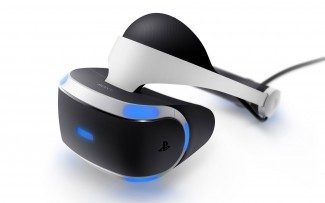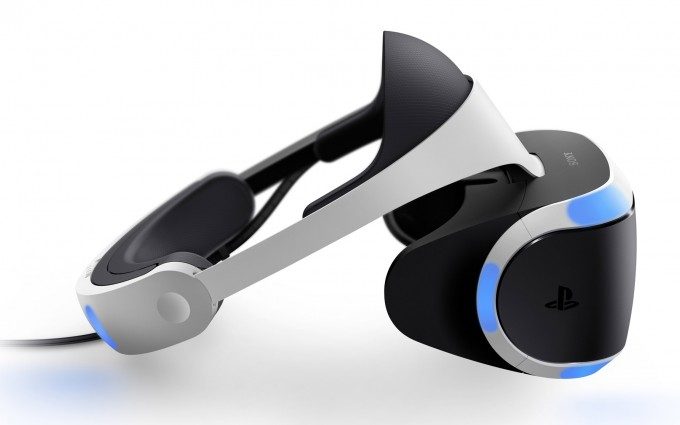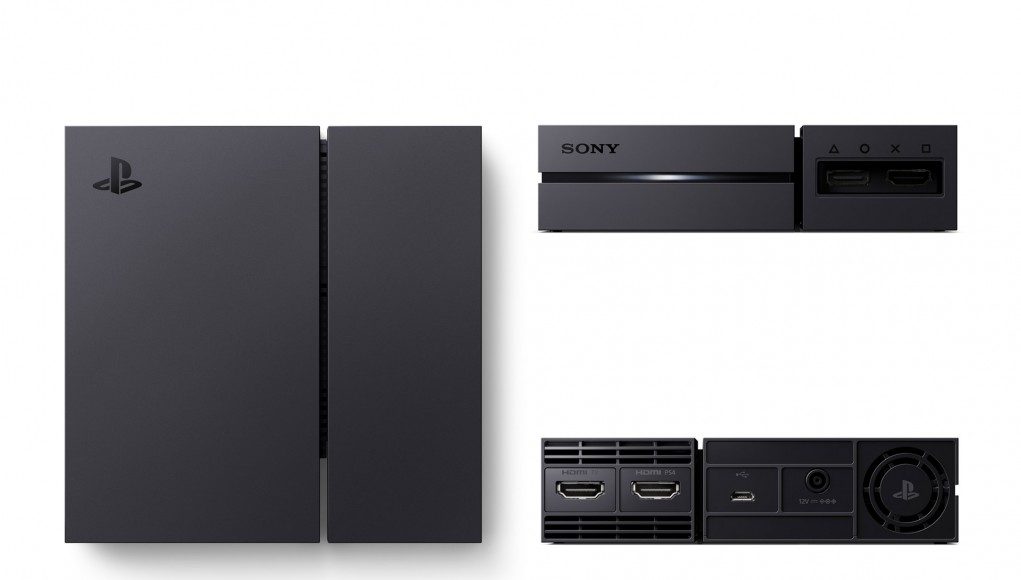Today at the ‘PlayStation VR: Development and Innovations’ session, Sony Senior Staff Engineer Chris Norden took to the stage to give a technical overview of the company’s VR headset. During the talk he sought to clear up misreported information regarding the PlayStation VR breakout box.
On stage, Norden clarified the functionality of the breakout box as part of his presentation:
What does it do?
- Object-based 3D audio processing
- Displays social screen
- Mirroring mode
- Separate mode
- Displays PS4 system software interface in “cinematic mode”
What is it not?
- Extra GPU power
- Extra CPU power
- Playstation 4 “expansion unit” or “upgrade”
- Accessible by the developer in any way
Norden was adamant about getting the point across because he says it’s been consistently misreported by some gaming and tech press that the box is assisting the PlayStation 4 with VR rendering.
“The PS4 is perfectly capable of 120Hz output all by itself,” he said, and noted that Sony had clarified this point on several occasions, though to seemingly no avail.
The confusion may have arisen from the technical name given to the box by Sony: the PU (Processing Unit).

Norden went on to explain that for PlayStation VR, that 120Hz rendering happens on the PS4, including the distortions necessary to prepare the image for display on the headset. The PU is responsible for sending that VR-ready view through to the headset while actually siphoning off a copy and un-distorting it so that it can be sent to the user’s TV as the ‘social screen’ which is a mirrored view of what’s going on inside the headset but one that’s formatted to fit the TV.
The PU also makes it possible to use the social screen in ‘Separate’ mode, which displays an entirely different video and audio feed compared to what the view going to PSVR. This opens the door to asynchronous game design which is the foundation of Sony’s Playroom VR which is a VR party game consisting of several mini-game experiences that either pit non-VR players against the VR users or allows them to play cooperatively together.

Based on Norden’s explanation, it sounds as if Sony didn’t opt to mirror the VR view onto the display, they could have removed the PU entirely, and simply sent the VR-ready view directly to the headset.
Since they did want the social screen, thus making the box necessary, they also decided to drop PlayStation VR’s custom 3D positional audio processing onto the box. This does technically offload some processing that the PS4 would otherwise have to do. Another representative explained to me that the audio offloading decision was more of a “since it’s there anyway” choice, rather than a performance necessity to allow the PS4 to handle VR rendering.







